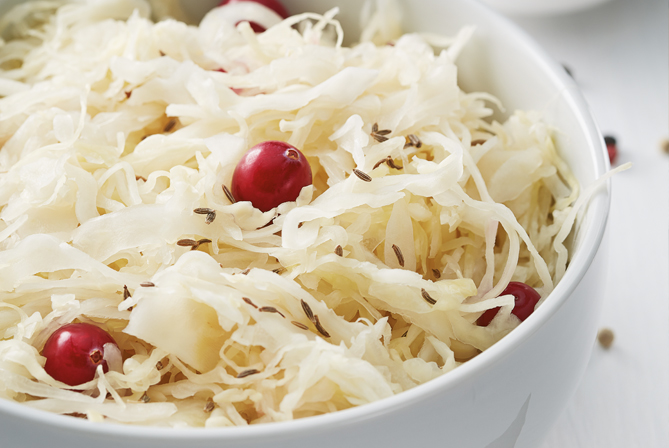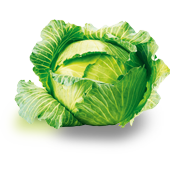How to make sauerkraut at home:
The process of cabbage fermentation:
The medium late or late varieties of white cabbage with a small internal stump are more appropriate for fermentation.
Hygienically clean utensils and tools, as well as a properly executed process are the main preconditions for obtaining high-quality cabbage products.
1) Vessels must be washed properly and disinfected;
2) The cabbage-heads must be cleaned properly, and the green top leaves – separated to unbare the clean, light blue heads;
3) The stump must be incised so that large pieces do not appear in the grating process. The stump should not be cut out, as it contains large amounts of sugars and vitamins;
4) The cabbage is grated into fine slivers, about 2mm thick, then gradually sprinkled with salt and other additives (grated carrots, cranberries, etc.);
5) It is essential to mix and stamp the shredded cabbage properly so that all the slivers are mixed with salt and excrete the juice. In this way we fill the vessel, layer after layer, thoroughly stamping the cabbage. A full container should be coated with the juice right away;
6) Carefully smooth the surface of the container, completely cover the cabbage with a dense cover and put a heavy weight above it, ensuring anaerobic environment inside the product;
7) The container is placed in a warm room (16-20 °C) for 4-7 days. Then it is transferred to a storage space with the temperature of 0 - + 6°C.













